“Chantal” by Beatrice Brandini
Work of Raoul Dufy
In a delicate moment like this, I would like to talk about an artistic movement that revolutionized the art world at the beginning of the 20th century, so that it could be a stimulus for the coming rebirth.
Work by Henri Matisse
“Femme en blu” by André Derain
Yes, because after this damned global pandemic, which has torn lives, jobs, dreams, hopes and freedom, there will be a rebirth. And the young people, who are our future and who, paradoxically, often that same future is taken away from them, can start again before the others, looking for ideas, making “revolutions”, to bring their projects and aspirations wherever they want, just like Matisse , Braque, Derain, Dufy etc …
“Le grande baigneuse” by Raoul Dufy
“Champs de ble” by Maurice de Vlaminck
The Fauves, literally “wild, beasts” in French, were in fact an avant-garde artistic current that in their short but intense experience (1905 – 1908), left a very important mark in the subsequent artistic evolution. The expression “beasts”, coined for the first time by the critic Louis Vauxcelles, and not exactly in kind terms, explains well the disruptive entry of these works into society.
“The model” by Henri Matisse
“Portrait of a Woman” by Maurice de Vlaminck
Unlike German Impressionism, the Fauves were less dramatic and less critical of society, but with their lit and violent palette, but also free and colorful, they were more disruptive. The paintings of these artists, at least during their association, were characterized by a simplification of forms and an essence of perspective. It was no longer academic art, but spontaneous, their form was color.
“Woman with a Hat” by Henri Matisse
Work by Othon Friesz
In 1907 the adventure of Fauvism ended, each artist continued their path independently, leaving room for Cubism.
Work by Charles Camoin
“The red room” by Henri Matisse
The most important work of the Fauves was performed by one of the greatest masters of the twentieth century, Henri Matisse, and was exhibited at the Salon d’Automme in Paris in 1905, “the woman with the hat” (Femme au chapeau). This painting aroused a great clamor and was despised by critics. Matisse’s wife, Amélie, is excessively represented, a bourgeois woman made with clear brushstrokes, the colors are also in the face, a chaotic and innovative palette that describes a character. The light is the colors, as well as the space of the scene. We went from impressionist or neo impressionist paintings, in which nature and subject were perfectly and realistically represented, to these works.
Mood Fauves by Beatrice Brandini from 2013
Fauves girl by Beatrice Brandini
Fauves girl by Beatrice Brandini
Fauves girl by Beatrice Brandin
“For us the fauvisme was the test of fire. The colors became dynamite cartridges ready to explode in contact with light, ” wrote André Derain. Whose painting remained the most misunderstood together with that of Maurice de Vlaminck, and the most fauve.
No matter how long Fauvism lasted, it is important what the mark it left behind is.
“People will continue to argue, they will continue to laugh in front of the Derains, de Vlaminck, Matisse… and some other Fauves. But he will be wrong. If these scandalous works can arouse hilarity, they will leave a mark … you must be able to be patient and trust. In this satanic group there will be some elect … “. So wrote Forthuni about Le Matin in 1909. And he was right!
Good life to everyone!
Beatrice


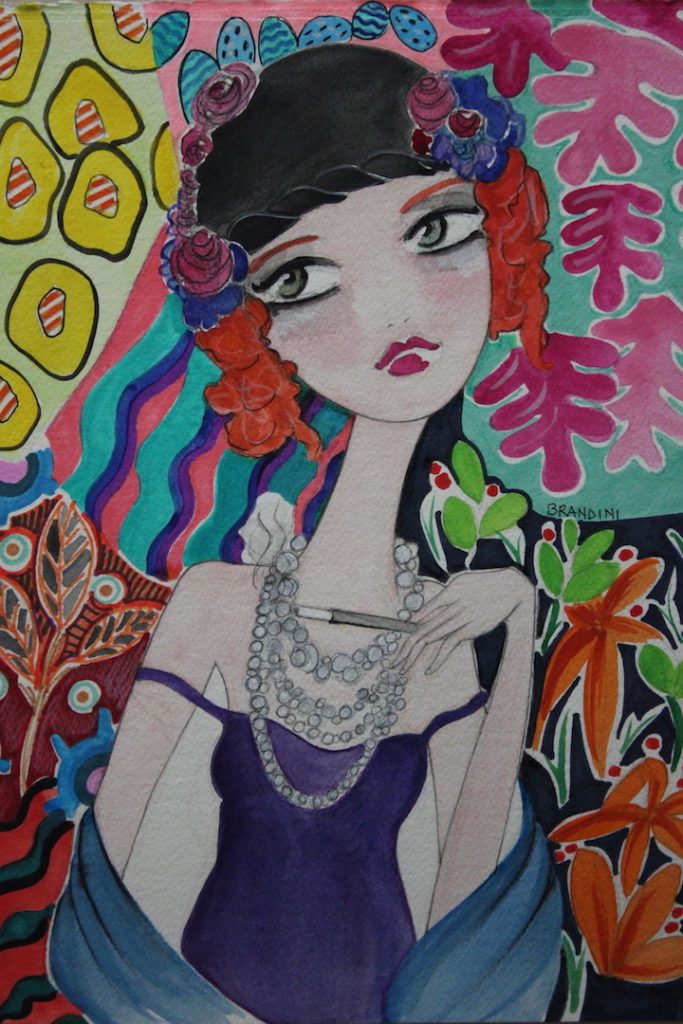
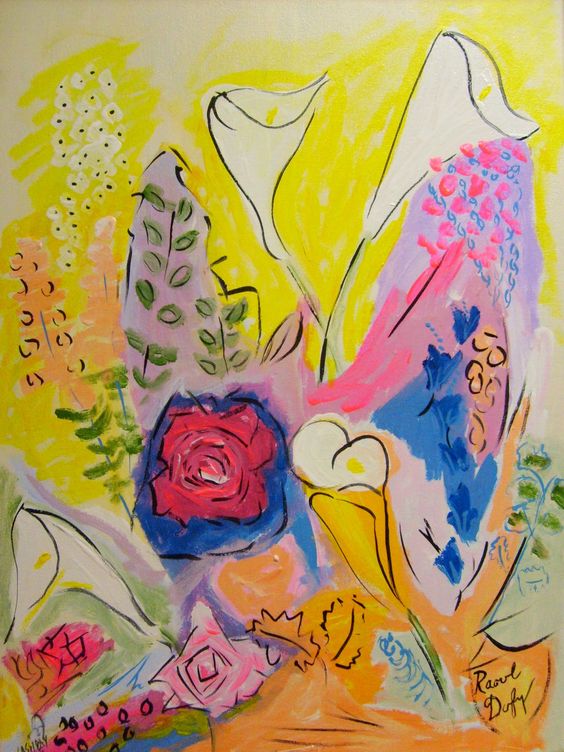
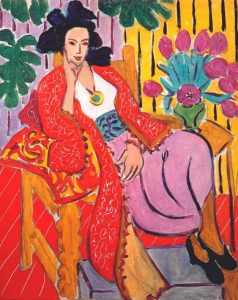
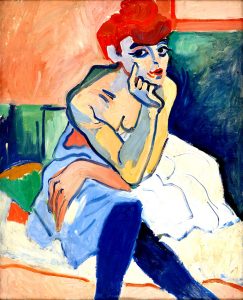
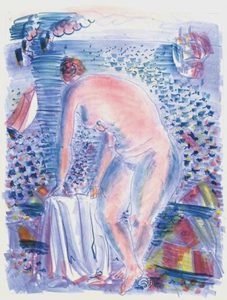
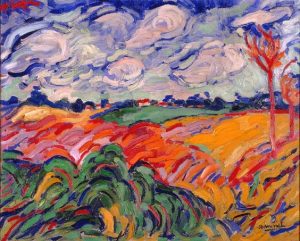
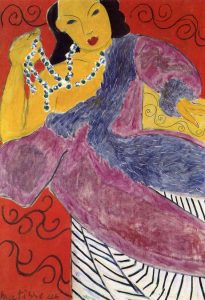
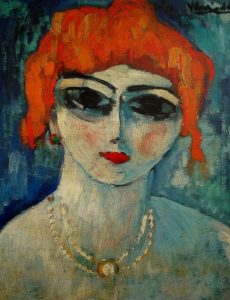
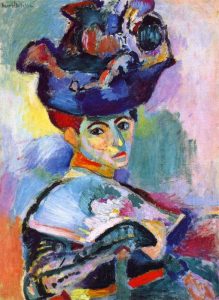
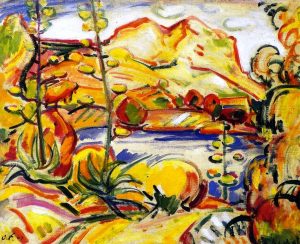
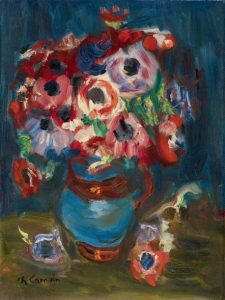
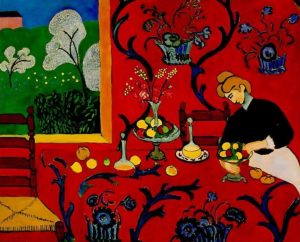
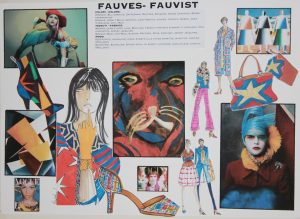
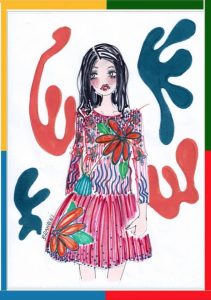
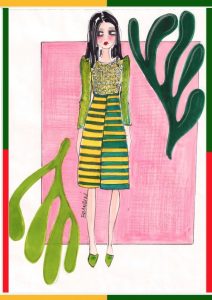
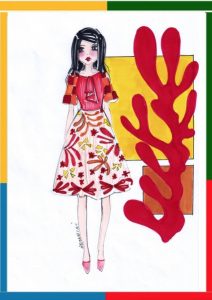
I’m glad I found this site. I read it with great interest, it has valuable information, which is why I want to help others how
to earn from home with real jobs, without scams: https://bit.ly/2RbR38c